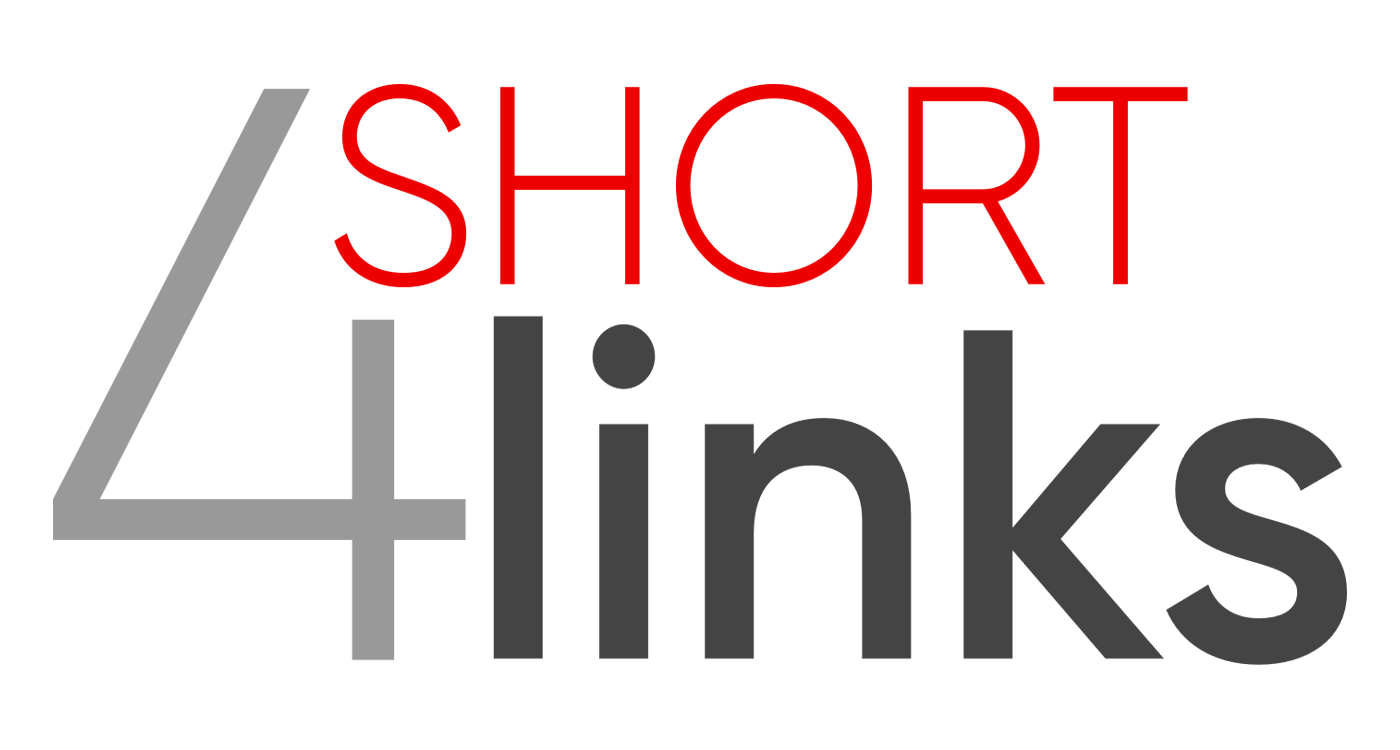Four short links: 5 June 2019
Open Source, 3D Printer Wear, Multicore TCP, and Super-Resolution Images

- What’s Driving Open Source Software in 2019 — Results from our ranking of proposal phrases show the centrality of data to the open source community: “data” (the No. 5 term) outpacing “code” (the No. 14 term), the rise in AI/ML topics, and in the nascent cloud native paradigm where monitoring and analytics assume critical importance—highlighting the demand for skills in analytics, data acquisition, etc.
- Investigating 3D Printer Nozzle Wear (YouTube) — great video with cross-sections of worn nozzles and discussion of different materials.
- mTCP — high-performance user-level TCP stack for multicore systems. Scaling the performance of short TCP connections is fundamentally challenging due to inefficiencies in the kernel. mTCP addresses these inefficiencies from the ground up—from packet I/O and TCP connection management all the way to the application interface. Open source (modified BSD license).
- Handheld Multi-Frame Super-Resolution — In this paper, we supplant the use of traditional demosaicing in single-frame and burst photography pipelines with a multi-frame super-resolution algorithm that creates a complete RGB image directly from a burst of CFA raw images. […] Our algorithm is robust to challenging scene conditions: local motion, occlusion, or scene changes. It runs at 100 milliseconds per 12-megapixel RAW input burst frame on mass-produced mobile phones. Specifically, the algorithm is the basis of the Super-Res Zoom feature, as well as the default merge method in Night Sight mode (whether zooming or not) on Google’s flagship phone.
